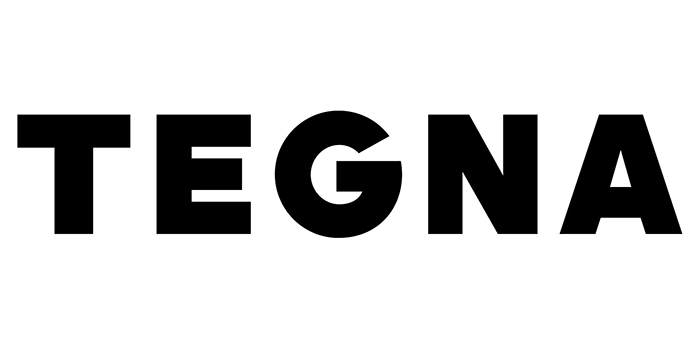Hey, don’t say 2020 had nothing good to recommend it. AT&T lawyers have settled with representatives from Tegna, ending a 19-day channel blackout. This was announced yesterday and all stations have been turned back on.
AT&T posted this announcement yesterday:
Tegna and AT&T have entered into a new multi-year retransmission consent agreement to provide TEGNA-owned local broadcast stations to customers of AT&T’s video platforms across the country. All TEGNA stations are returning today to any impacted AT&T homes. AT&T and TEGNA regret any inconvenience to their customers and viewers and thank them for their patience.
Which, basically doesn’t tell you much.
Why don’t you ever get details for these things?
The contracts between pay-TV companies and content providers are always private. The only time you tend to get any information about what’s in them is when they’re up for renewal. You generally get something vague, though. Rather than saying that AT&T is paying 1 cent per subscriber per month or whatever, you’re told that the new new agreement could be a 50% increase in fees or whatever. It’s just very hush-hush. Not surprising, given the lawyers involved. Still, some amount of transparency would be nice.
Why does AT&T pay for local channels that they get over the air?
Because the content provider has a right to pay for them. Under the current rules, a content provider has two choices when dealing with a pay-TV company. They can demand that the channel be carried for free, and the pay-TV company must comply. Or, they can request payment for the channel, and the pay-TV company can choose not to pay. If they don’t pay, they can’t carry the channel.
This is an evolution of earlier rules which said that a cable company was required to carry all channels in its coverage area. The change came because cable companies started inserting their own commercials. This took away the value that pay-TV companies provided. After all, content providers live off ad revenue.
The typical contract between pay-TV companies and content providers specifies how many commercials may be inserted and when. It defines a schedule for when and how payments are made. Generally with local channels it’s based on the number of subscribers in an area. The numbers per subscriber are generally very low, around a penny give or take. But that’s per subscriber, monthly. So, in large cities those fees can amount to millions of dollars.
Can AT&T just negotiate with one channel at a time?
At one point it looked like rules would change so that AT&T could request negotiations at a time. This came at a time that content providers were getting larger and larger. Remember that in the long distant past, media companies couldn’t own more than one station. Now there are several companies that own more than 150. AT&T’s got great bargaining power as a nationwide provider, that’s true. But the challenge is trying to negotiate a one-size-fits-all price when you’re trying to get a contract that includes an NBC affiliate in San Francisco as well as an independent station in Ottumwa. These are very different markets and what works for one won’t work for another.
Still, AT&T’s attorneys do prevail, and for the most part channel blackouts are short, like this recent one has been.





